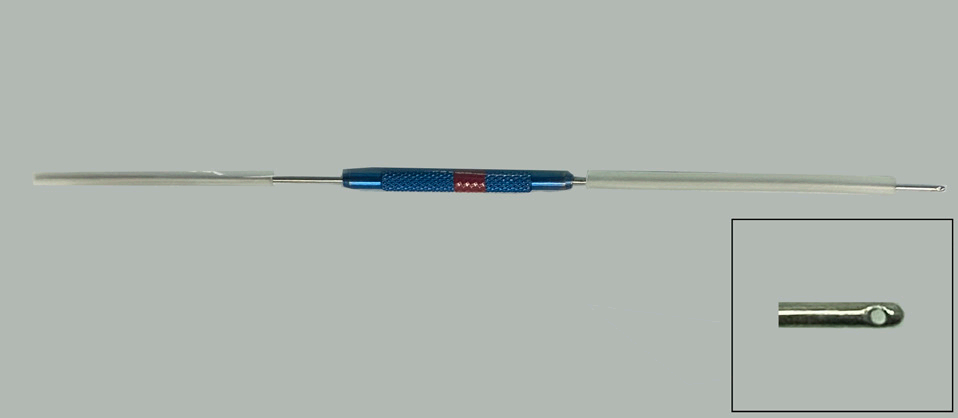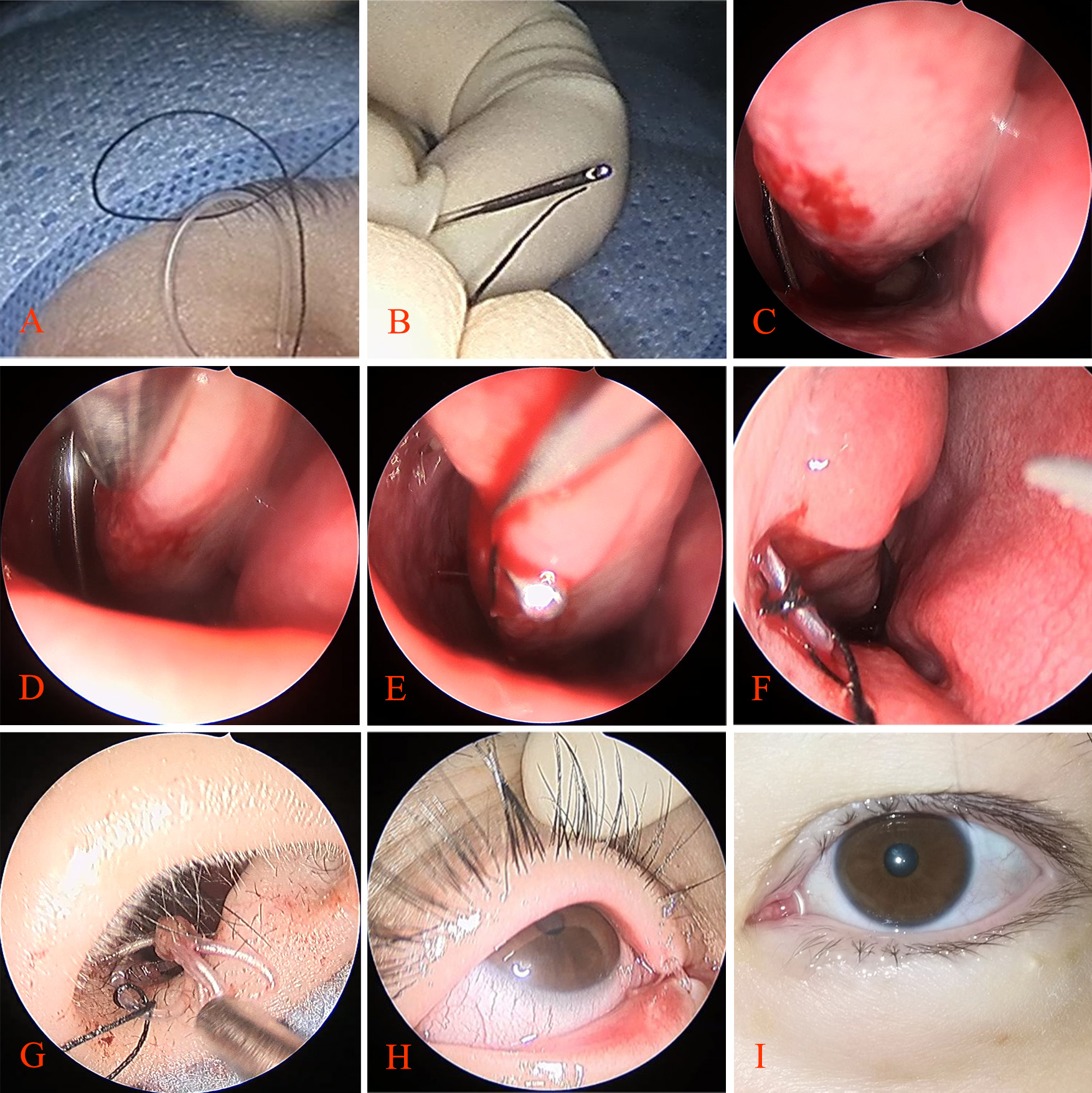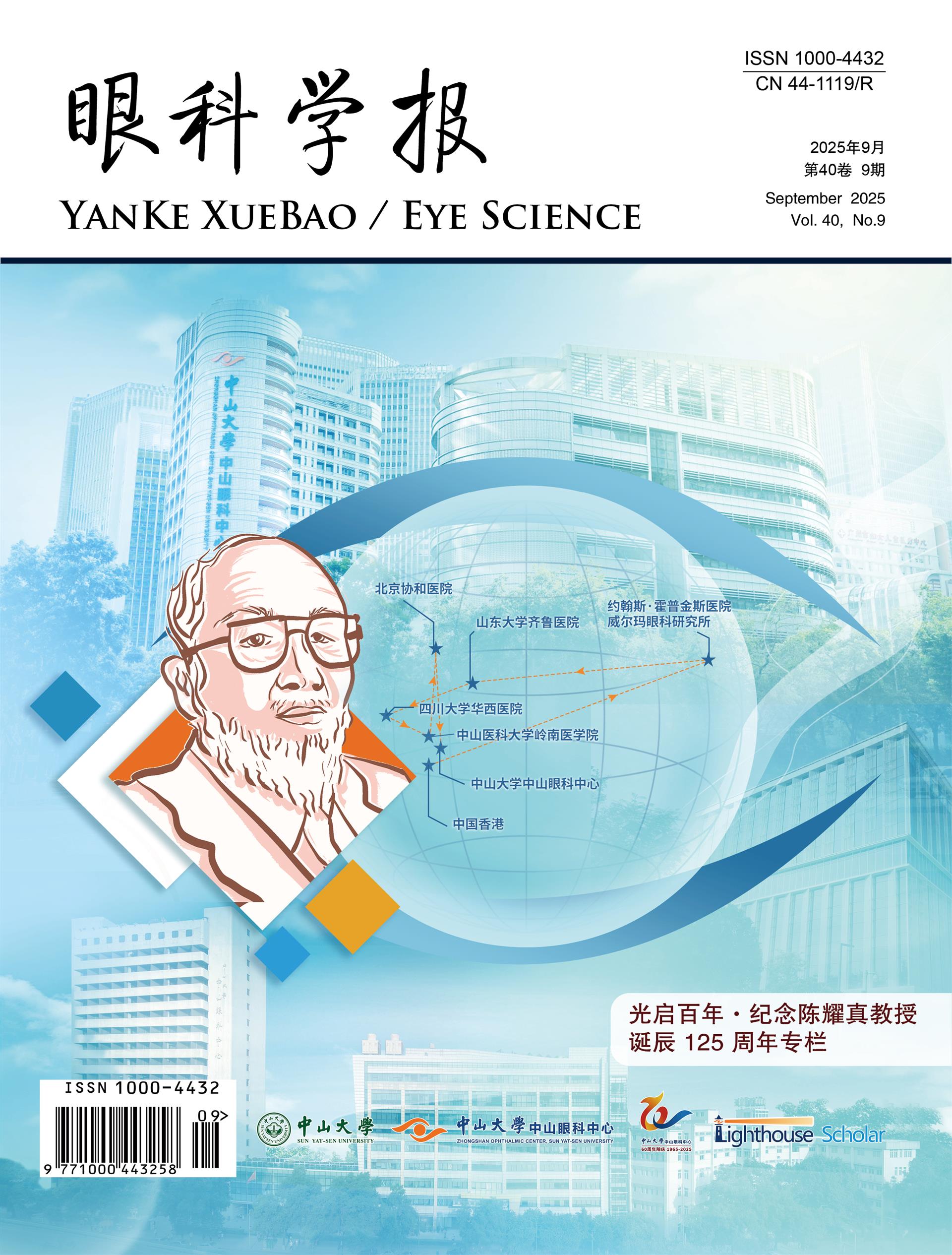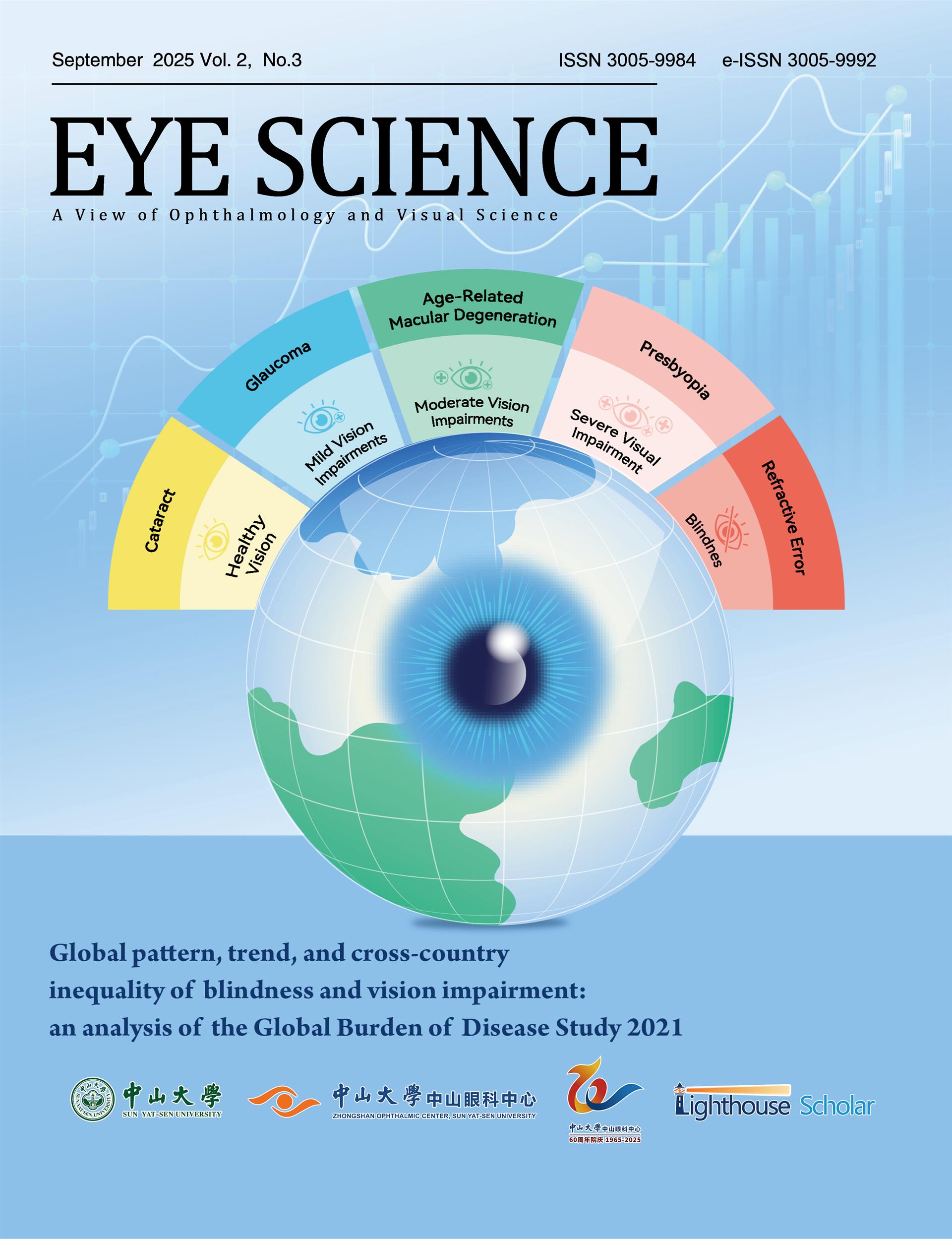1、Meduri A, Inferrera L, Tumminello G, et al. The use of a venous catheter as a stent for treatment of acquired punctal and canalicular stenosis[J]. J Craniofacial Surg, 2019, 30(8): 2544-2545. DOI: 10.1097/scs.0000000000005743.Meduri A, Inferrera L, Tumminello G, et al. The use of a venous catheter as a stent for treatment of acquired punctal and canalicular stenosis[J]. J Craniofacial Surg, 2019, 30(8): 2544-2545. DOI: 10.1097/scs.0000000000005743.
2、Kasaee A, Eshraghi B, Ameli K, et al. Pulled versus pushed monocanalicular silicone intubation in adults with lacrimal drainage system stenosis: a comparative case series[J]. J Ophthalmol, 2021, 2021: 5592039. DOI: 10.1155/2021/5592039.Kasaee A, Eshraghi B, Ameli K, et al. Pulled versus pushed monocanalicular silicone intubation in adults with lacrimal drainage system stenosis: a comparative case series[J]. J Ophthalmol, 2021, 2021: 5592039. DOI: 10.1155/2021/5592039.
3、Alsulaiman N, Alsuhaibani AH. Bicanalicular silicone intubation for the management of punctal stenosis and obstruction in patients with allergic conjunctivitis[J]. Ophthalmic Plast Reconstr Surg, 2019, 35(5): 451-455. DOI: 10.1097/IOP.0000000000001315.Alsulaiman N, Alsuhaibani AH. Bicanalicular silicone intubation for the management of punctal stenosis and obstruction in patients with allergic conjunctivitis[J]. Ophthalmic Plast Reconstr Surg, 2019, 35(5): 451-455. DOI: 10.1097/IOP.0000000000001315.
4、Chu Z, Lu G, Tan Y, et al. Repositioning a prolapsed tube after bicanalicular intubation of the lacrimal system[J]. Ophthalmic Plast Reconstr Surg, 2019, 35(6): 623-627. DOI: 10.1097/IOP.0000000000001400.Chu Z, Lu G, Tan Y, et al. Repositioning a prolapsed tube after bicanalicular intubation of the lacrimal system[J]. Ophthalmic Plast Reconstr Surg, 2019, 35(6): 623-627. DOI: 10.1097/IOP.0000000000001400.
5、He J, Gong J, Zheng Q, et al. Repositioning of the severe prolapsed silicone tubes after bicanalicular nasal intubation: a novel technique[J]. J Ophthalmol, 2021, 2021: 6669717. DOI: 10.1155/2021/6669717.He J, Gong J, Zheng Q, et al. Repositioning of the severe prolapsed silicone tubes after bicanalicular nasal intubation: a novel technique[J]. J Ophthalmol, 2021, 2021: 6669717. DOI: 10.1155/2021/6669717.
6、Demirci H, Elner VM. Double silicone tube intubation for the management of partial lacrimal system obstruction[J]. Ophthalmology, 2008, 115(2): 383-385. DOI: 10.1016/j.ophtha.2007.03.078.Demirci H, Elner VM. Double silicone tube intubation for the management of partial lacrimal system obstruction[J]. Ophthalmology, 2008, 115(2): 383-385. DOI: 10.1016/j.ophtha.2007.03.078.
7、DeParis SW, Hougen CJ, Rajaii F, et al. Bicanalicular intubation with the kaneka lacriflow for proximal lacrimal drainage system stenosis[J]. Clin Ophthalmol, 2020, 14: 915-920. DOI: 10.2147/OPTH.S248423.DeParis SW, Hougen CJ, Rajaii F, et al. Bicanalicular intubation with the kaneka lacriflow for proximal lacrimal drainage system stenosis[J]. Clin Ophthalmol, 2020, 14: 915-920. DOI: 10.2147/OPTH.S248423.
8、Liu Y, Tian B, Xiao H, Su L. Cause analysis and nursing strategy of accidental lacrimal duct decannulation in 37 eyes [in Chinese]. Qilu Journal of Nursing. 2016,22(21): 68-70.Liu Y, Tian B, Xiao H, Su L. Cause analysis and nursing strategy of accidental lacrimal duct decannulation in 37 eyes [in Chinese]. Qilu Journal of Nursing. 2016,22(21): 68-70.
9、Byun ZY, Lee BR, Kim SC. Successful reposition of prolapsed silicone tube using hole and lacrimal probe method[J]. Korean J Ophthalmol, 2021, 35(3): 231-234. DOI: 10.3341/kjo.2021.0033.Byun ZY, Lee BR, Kim SC. Successful reposition of prolapsed silicone tube using hole and lacrimal probe method[J]. Korean J Ophthalmol, 2021, 35(3): 231-234. DOI: 10.3341/kjo.2021.0033.
10、eh H, Berlin AJ, Price RL. Silicone intubation of the lacrimal system: loop retraction as a complication[J]. Ann Ophthalmol, 1979, 11(4): 665-666.eh H, Berlin AJ, Price RL. Silicone intubation of the lacrimal system: loop retraction as a complication[J]. Ann Ophthalmol, 1979, 11(4): 665-666.
11、Patel BC, Anderson RL. Transcanalicular removal of Silastic nasolacrimal tubes[J]. Ophthalmic Plast Reconstr Surg, 1997, 13(1): 74-75. DOI: 10.1097/00002341-199703000-00017.Patel BC, Anderson RL. Transcanalicular removal of Silastic nasolacrimal tubes[J]. Ophthalmic Plast Reconstr Surg, 1997, 13(1): 74-75. DOI: 10.1097/00002341-199703000-00017.






























